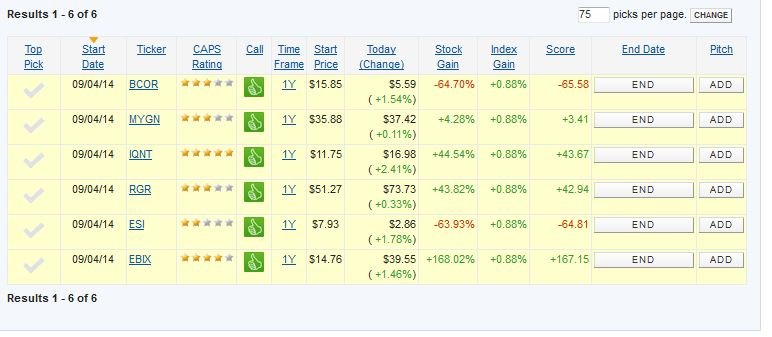.. so what's next for the magic formula experiment?
I will continue to monitor the new selection I made using the same approach as last year, and see what happens with them. However I will no longer put my money in it given the failure to a) deliver on the promise so far and b) the individual stocks I selected myself have outperformed the market with a lower beta during the past five years.
Just to elaborate on the failure to deliver: the little book claims that if one selects from the small cap universe that in every single year it outperforms the S&P 500 and in addition there is no year it has negative returns. Given it has broken these two boundaries I am becoming more cautious. Aware obviously mr. Greenblatt claims you need to follow the approach for 3 to 5 years, which is why I'll still track the new selection.
So expect a new post in this thread somewhere in 2017

WLDN
ESI
NRT
BSQR
CLCT
UNTD
VEC
NHTC
MCFT
BBSI
LIFZF
AGX
BPT
PDLI
CPLA
OUTR
IQNT
ENTA
RPXC
SCMP
[Edit] : selection was done on January 19th. 50 stocks selected from the screener, took the smallest (in market cap) 20 from that list. As you may have seen a few that were on the list last year are still there (e.g. VEC, PDLI, RPXC)

